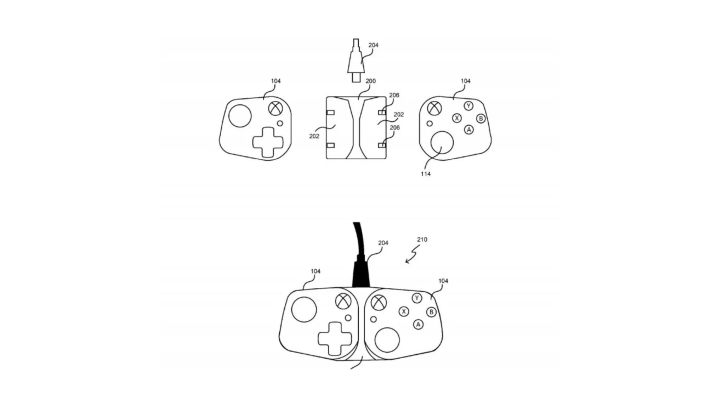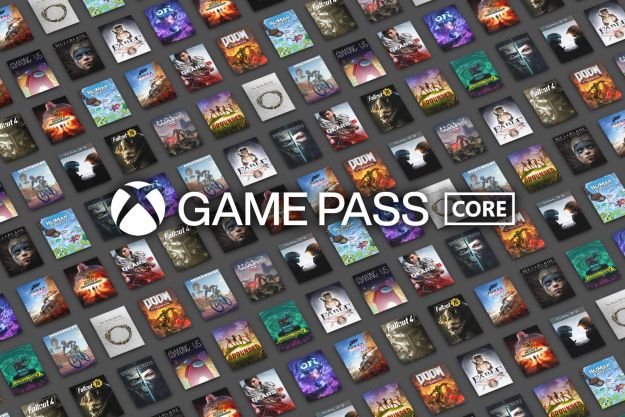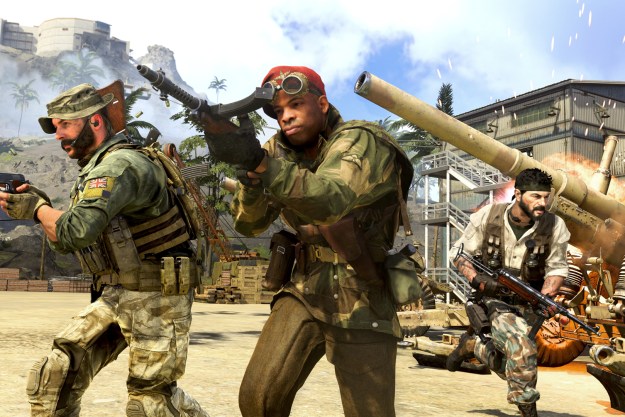
While delivering console gaming experiences to mobile smart devices sounds like a wonderful dream, there’s still the obstacle of control to overcome. Microsoft has officially announced its answer to the Google Stadia cloud gaming platform, and Windows Central reports the company is prototyping controllers for mobile input.
Developers have innovated with touch screens to give players a robust gaming experience despite the limited input they allow. Games like the MOBA Arena of Valor and the mobile version of MMORPG Black Desert Online use as much of a touch screen’s real estate as possible to emulate legit directional pad or analog stick and buttons, but they can’t match the real thing.

There are Bluetooth gamepads on the market that put more traditional input in your hands as well but Microsoft’s prototypes take inspiration from the Nintendo Switch and its detachable Joy-Cons. The various concepts feature parts of a gamepad that can grip a mobile phone or tablet from the sides or attach to a central piece like the Switch’s charging grip that allows you to slide both Joy-Cons into it to form one complete gamepad.
Microsoft is making moves to address this concern largely due to the recently revealed cloud gaming platform Project Xcloud. Like Google Stadia, the project will give gamers a way to stream Xbox content directly to various devices including mobile phones and tablets. The Project Xcloud demos at E3 used Xbox One gamepads with holsters that carried smartphones, but the prototype controllers present more a flexible option.
The prototypes include two analog sticks, eight face buttons, a directional pad, two triggers, and two bumpers like the standard Xbox One gamepad. The two smaller squares can be further enhanced with different sized grips that slide into place, and they can be charged via a dock that both halves connect to. The prototype seen in the images is just a model made of foam and the entire concept is merely a theory Microsoft is testing out. But the company has taken the steps to make them a reality.

Windows Latest reported that Microsoft has filed a new patent application for removable game controllers, and the diagrams for the device and its components match the research material. If gamers flock to Project Xcloud and the demand to play Xbox titles on mobile devices grows, this project could be brought to life.
Editors' Recommendations
- All upcoming Xbox Series X games: 2024 and beyond
- The best co-op games on Xbox Series X
- For Microsoft, indies aren’t Game Pass extras. They’re the future of Xbox
- Microsoft gives Activision Blizzard cloud gaming rights to Ubisoft
- The impending Xbox 360 Store closure makes me wary of Game Pass’ future




